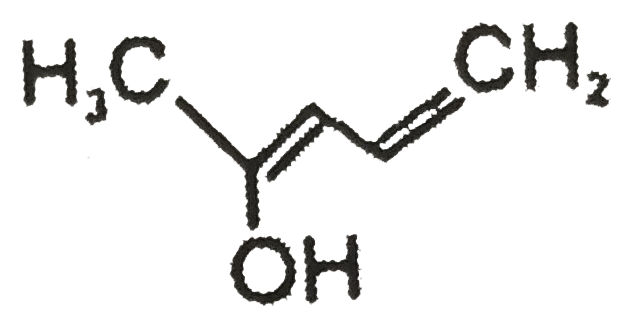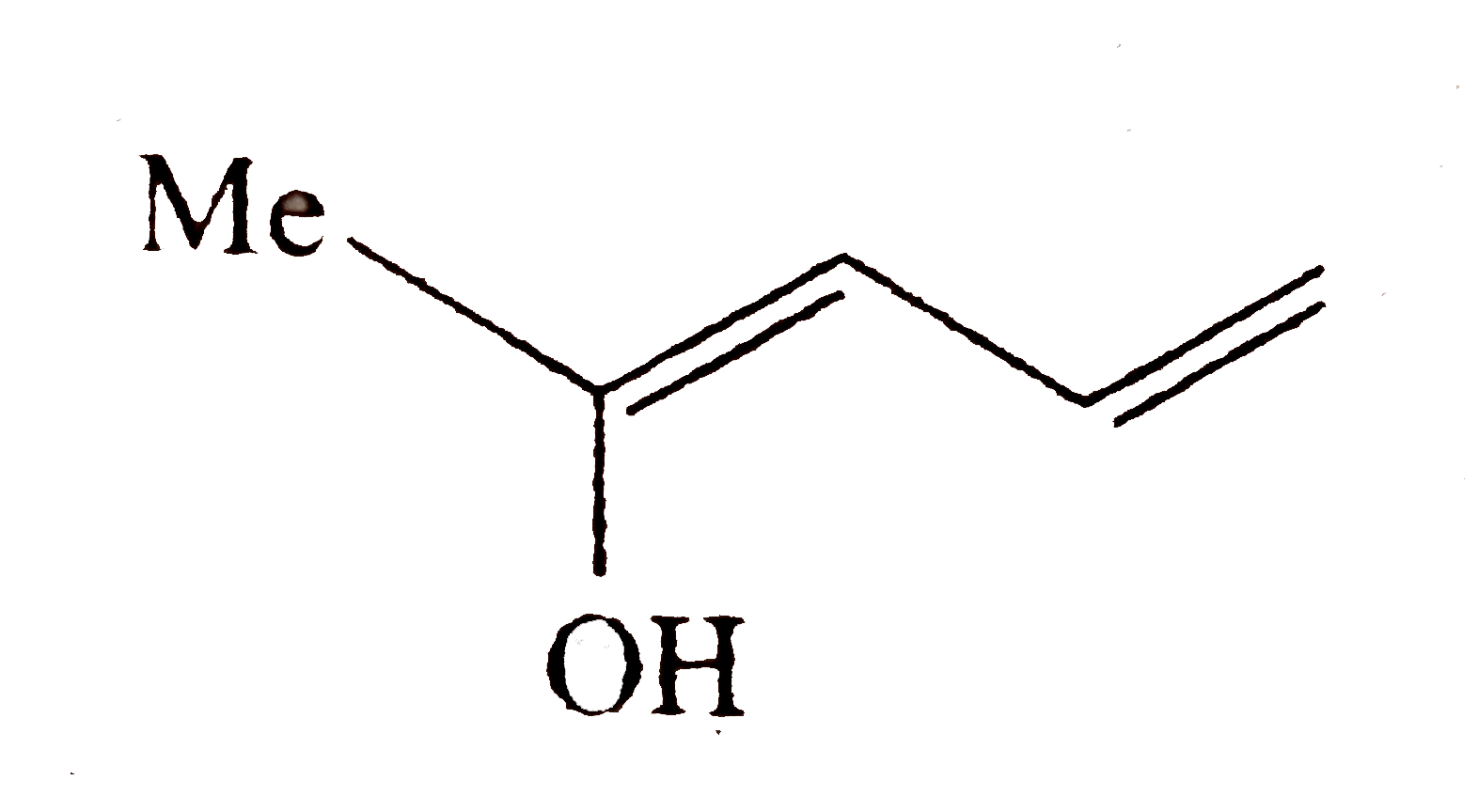Write two resonance structure of N2O that satisfy the octet rule.
To write two resonance structures of N2O (dinitrogen monoxide) that satisfy the octet rule, we will follow these steps:
Step 1: Count the total number of valence electrons
- Nitrogen (N) has 5 valence electrons, and Oxygen (O) has 6 valence electrons.
- For N2O, we have:
2×5+6=16 valence electrons
Step 2: Draw the skeletal structure
- The skeletal structure will have the two nitrogen atoms bonded to the oxygen atom. A reasonable starting point is to place the nitrogen atoms in the center and the oxygen atom on one side:
N−N−O
Step 3: Distribute electrons to satisfy the octet rule
- Start by forming single bonds between the atoms. Each bond uses 2 electrons:
N−N−O(2 bonds = 4 electrons)
- This leaves us with 16−4=12 electrons to distribute.
Step 4: Complete the octets of the outer atoms
- Place lone pairs on the oxygen atom to complete its octet:
N−N−O:(O now has 6 electrons from lone pairs)
- We can add 2 lone pairs (4 electrons) to the oxygen:
N−N−:O:(O has 8 electrons)
- Now, we have used 4+4=8 electrons, leaving us with 16−8=8 electrons.
Step 5: Form double bonds to satisfy nitrogen's octet
- To satisfy the octet rule for both nitrogen atoms, we can form a double bond between one nitrogen and the oxygen:
N=N−O
- This uses 2 more electrons, leaving us with 8−2=6 electrons. We can place the remaining electrons as lone pairs on the nitrogen atoms.
Step 6: Draw the first resonance structure
- The first resonance structure can be represented as:
:N≡N+−O−
- Here, one nitrogen has a triple bond with the other nitrogen and a single bond with the oxygen, with a positive charge on one nitrogen and a negative charge on the oxygen.
Step 7: Draw the second resonance structure
- The second resonance structure can be represented as:
N+=N−O−
- In this structure, the double bond is between the nitrogen atoms, and the oxygen has a single bond with one nitrogen, with a positive charge on one nitrogen and a negative charge on the oxygen.
Final Resonance Structures
1. :N≡N+−O−
2. N+=N−O−
- Nitrogen (N) has 5 valence electrons, and Oxygen (O) has 6 valence electrons.
- For N2O, we have:
2×5+6=16 valence electrons
- The skeletal structure will have the two nitrogen atoms bonded to the oxygen atom. A reasonable starting point is to place the nitrogen atoms in the center and the oxygen atom on one side:
N−N−O
- Start by forming single bonds between the atoms. Each bond uses 2 electrons:
N−N−O(2 bonds = 4 electrons)
- This leaves us with 16−4=12 electrons to distribute.
- Place lone pairs on the oxygen atom to complete its octet:
N−N−O:(O now has 6 electrons from lone pairs)
- We can add 2 lone pairs (4 electrons) to the oxygen:
N−N−:O:(O has 8 electrons)
- Now, we have used 4+4=8 electrons, leaving us with 16−8=8 electrons.
- To satisfy the octet rule for both nitrogen atoms, we can form a double bond between one nitrogen and the oxygen:
N=N−O
- This uses 2 more electrons, leaving us with 8−2=6 electrons. We can place the remaining electrons as lone pairs on the nitrogen atoms.
- The first resonance structure can be represented as:
:N≡N+−O−
- Here, one nitrogen has a triple bond with the other nitrogen and a single bond with the oxygen, with a positive charge on one nitrogen and a negative charge on the oxygen.
- The second resonance structure can be represented as:
N+=N−O−
- In this structure, the double bond is between the nitrogen atoms, and the oxygen has a single bond with one nitrogen, with a positive charge on one nitrogen and a negative charge on the oxygen.
1. :N≡N+−O−
2. N+=N−O−
Similar Questions
Write two resonance structures of ozone which satisfy the octet rule.
View SolutionWrite the resonance structure of nitrous oxide.
View SolutionWrite the resonating structures of O3andCO2.
View SolutionWrite resonating structure of the compound

View SolutionWrite the resonance structures of the given compound.

View SolutionThe number of resonance structures for N is

View SolutionDraw structure N2O3
View SolutionWrite resonance structures of CH3COO− and show the movement of electrons by curved arrows.
View SolutionWrite the resonance structures for SO3andNO−3
View SolutionWrite the correct resonance structure of the given compound.
 .
.
View Solution
